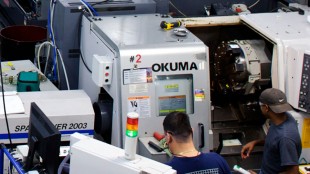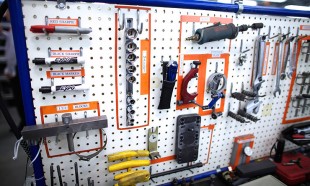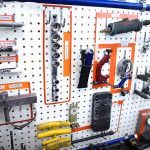As a manager you often hear about delegation. Management books use the ever popular “Don’t sweat the small stuff” but sometimes the smallest pieces added up to the biggest wastes. Efficiency pioneer Taiichi Ohno (pictured right) was well-known for his efforts to eliminate waste no matter how small.
Ohno oversaw production at the Toyota factories in Japan beginning in the mid-1940s and was tasked with increasing productivity. He believed that the central issues holding Japanese manufactures back were inefficiency and waste. Over the next three decades, he completely revolutionized the manufacturing industry, forming the foundation for Lean principles.
Central to his efforts was his elimination of Waste or “Muda”. He created a list of the 7 Deadly Wastes and labored to identify and eliminate anything that did not add value to the customer.
Once, Taiichi Ohno stormed onto the factory floor and grabbed the nearest employee. “Pick up that box and follow me,” and without much of a pause, he began walking from workspace to workspace. The employee, terrified of what strange and unusual activity Ohno had planned for today, meekly followed. As Ohno went through the factory floor, he pointed to little bits of materials he found loose in the space. A spare screw, leftover bits of metal that had not yet been discarded, etc. As they went along, the employee dutifully followed.
Finally, when the box was full, Ohno turned to the employee and demanded that he figure out the total cost of all the pieces in the box; when the total came back, the employee was astounded. They were wasting so much resources in these small leftover parts.
Ohno had hit upon a key principle of reducing waste. Waste, no matter how small, is still waste and can be eliminated. Through effective workspace reorganization and a careful examination of all your processes, you can begin to identify where little changes can be made. After all, if your business produces 1,000 products a day, that multiplies any improvements by a factor of a thousand. Small changes can add up quickly.
Look around your workstation, are there wasted pieces of paper? Loose supplies that get thrown away? What happens to leftover materials when a job is finished? By considering these issues, you can begin to find places within your own work process where you can eliminate Muda. Even if that Muda is a box of scraps.












0 Responses on A Box of Scraps"